
Anybody Seen My Focus? Spreading Chervil (Chaerophyllum procumbens)
Family: Apiaceae. Species: Chaerophyllum procumbens (L.) Crantz var. procumbens. Common Name: spreading chervil. Habitat: A true ephemeral this species occurs in rich floodplain forests. Associated Ecological Communities:

Chaerophyllum Procumbens High Resolution Stock Photography and Images
Spreading chervil. Stems: Slender, spreading, weak, often branched from base, glabrous or slightly hairy at base.. The name chervil is said to be derived from ancient Greek chairein "to rejoice" and phyllon "leaf". Wild chervil: 83 KB: Konza Prairie, Riley County, Kansas: Wild chervil leaf:
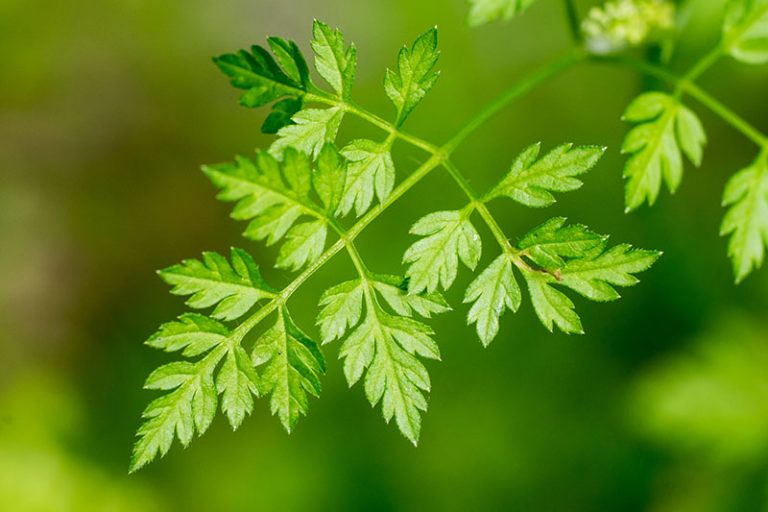
How to Grow Chervil (French Parsley) Gardener’s Path
Chaerophyllum procumbens, known by the common names spreading chervil and wild chervil, is an annual forb native to the eastern United States and Canada, which produces small white flowers in spring. Description Botanical illustration of Chaerophyllum procumbens (1913).

Anybody Seen My Focus? Spreading Chervil (Chaerophyllum procumbens)
spreading chervil. Endangered, Threatened, and Rarity Information; This plant is listed by the U.S. federal government or a state. Common names are from state and federal lists. Click on a place name to get a complete protected plant list for that location. New Jersey . spreading chervil;

Maryland Biodiversity Project Spreading Chervil (procumbens
Fill a shallow plastic tray with soilless seed mix and spread the seeds on top. You want to use about a teaspoon of seeds for a three-by-six-inch tray. Gently press the seeds into the starting mix, and moisten using a spray bottle. Put a piece of clear plastic over the top and poke a few holes in it for ventilation.
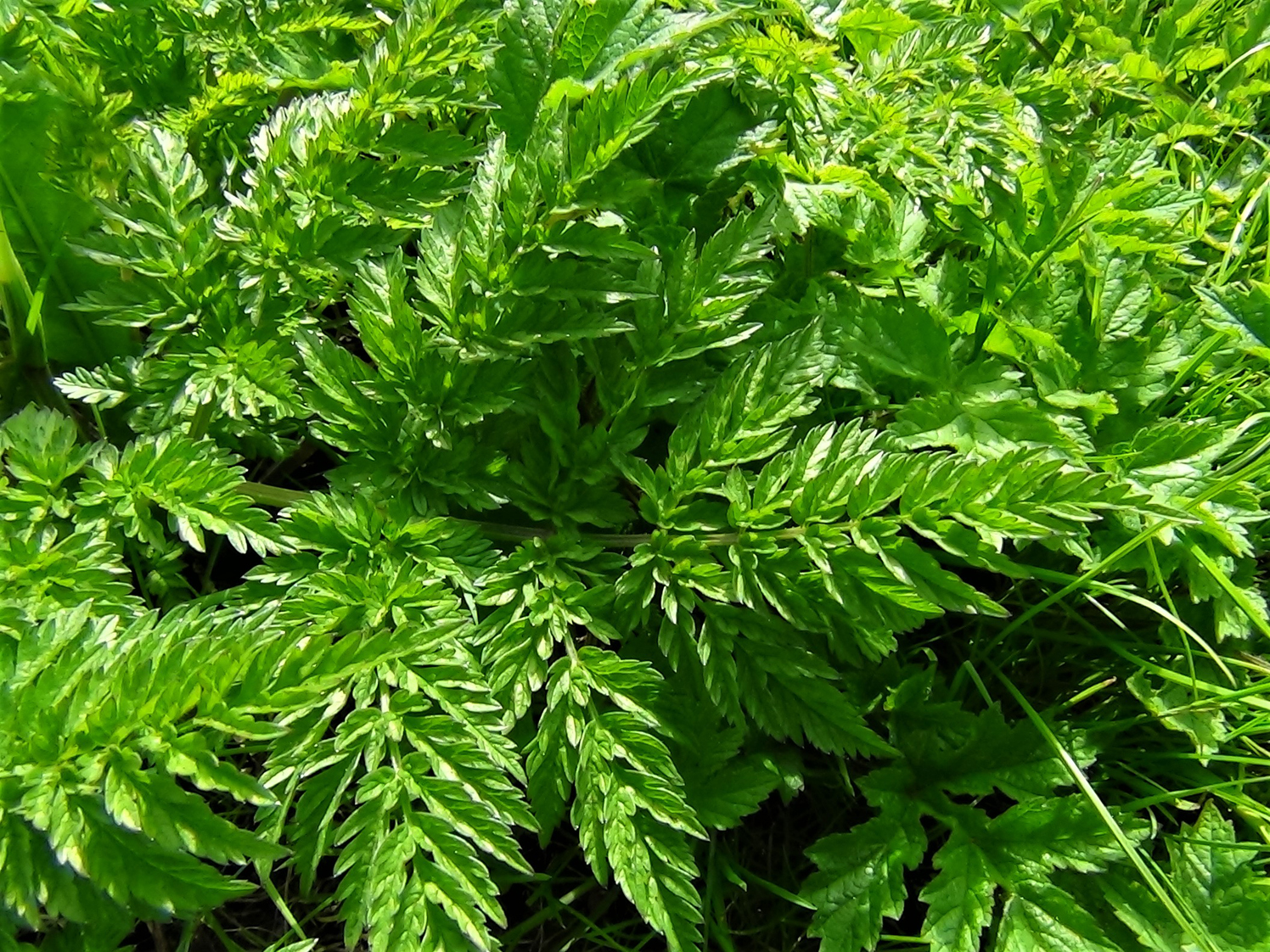
Cow Parsley, Wild Chervil, Anthriscus sylvestris
Chaerophyllum procumbens, known by the common names spreading chervil and wild chervil, is an annual forb native to the eastern United States and Canada, which produces small white flowers in spring.

Photo of the leaves of Spreading Chervil (Chaerophyllum procumbens
Spreading chervil is best identified in flower or fruit. The upper stem with leaves and flowers or mature fruits is needed. Similar Species. Osmorhiza species may appear similar to Chaerophyllum procumbens but are generally much hairier plants and their fruits have a club-shaped base and fine bristly grooves on their angles (strigose-setose.
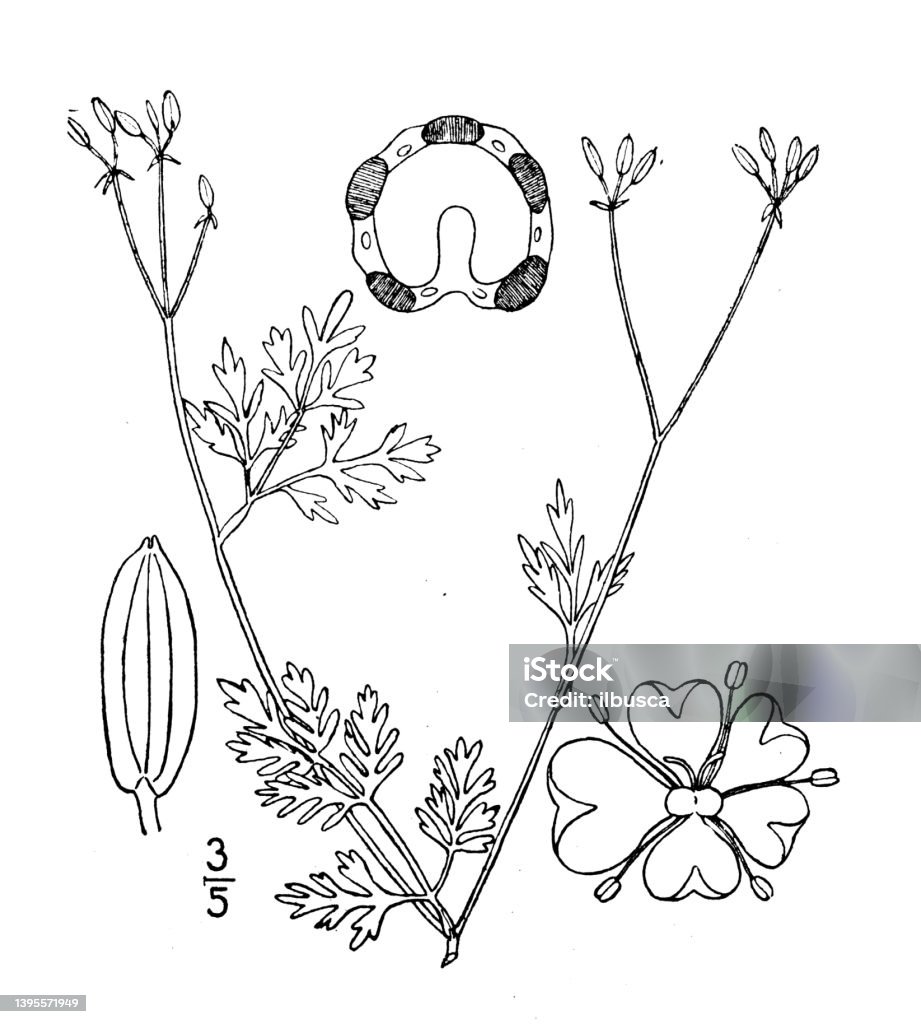
Antique Botany Plant Illustration Chaerophyllum Procumbens Spreading
Spreading chervil is an erect forb, 20-60cm tall, with compound umbels of tiny, white, 5-parted flowers. The umbellets are subtended by conspicuous bracts that are wider than the rays. It appears to have weak, spreading, smooth or sparsely hairy stems that branch from the base. Its fruit are glabrous, narrowly elliptic or oblong, 5-10mm long.
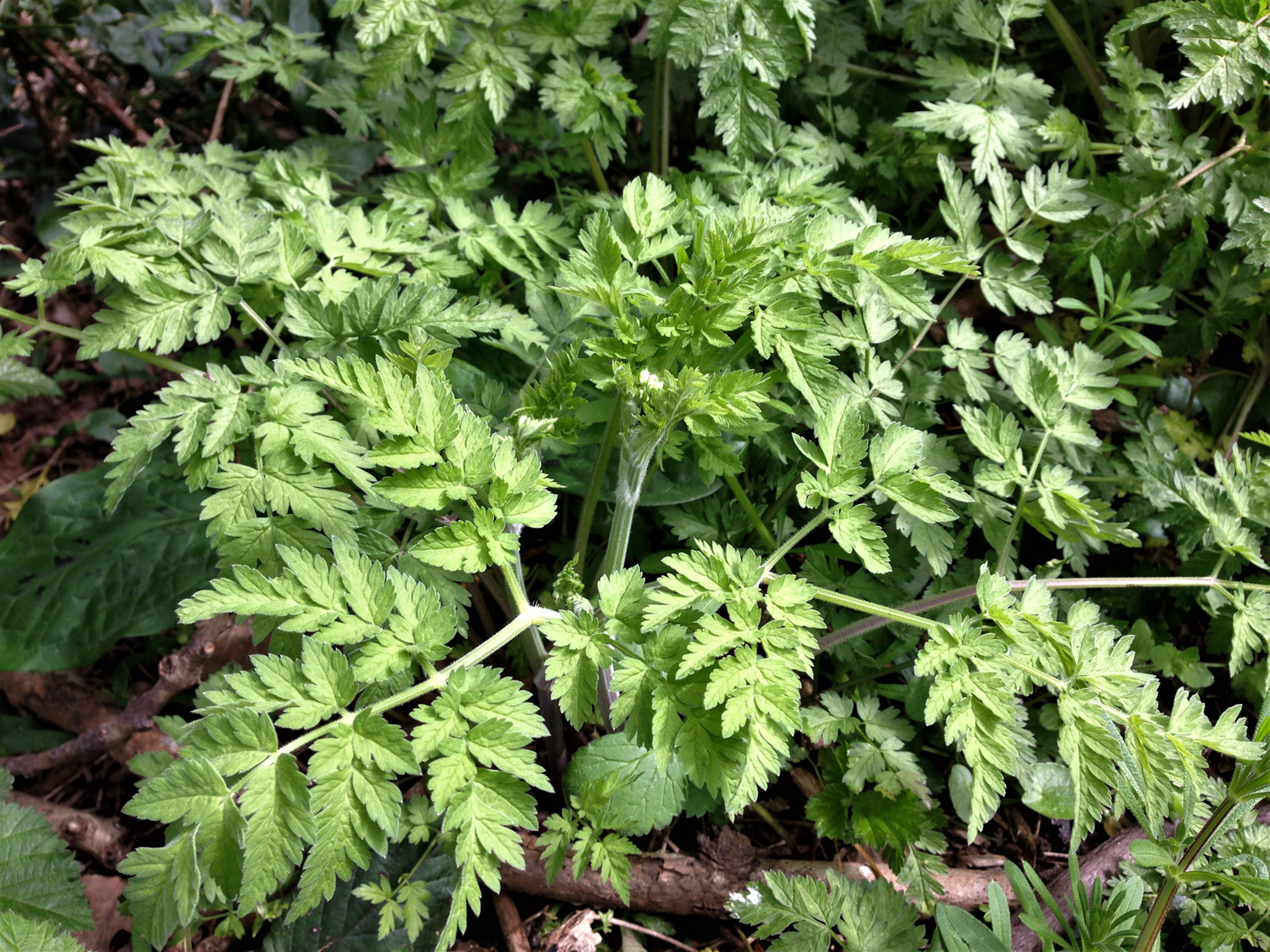
Cow Parsley, Wild Chervil, Anthriscus sylvestris
Research composition of floodplain forests statewide in order to characterize variations and how they correlate with flood regime and terrace elevation. Collect sufficient plot data to support the recognition of several distinct floodplain forest types based on composition, ecoregion, drainage, flood regime, and terrace elevation.

spreading chervil 53533 English common name Chaerophyllum procumbens
More Taxa Info; Guides; Places; Site Stats; Help; Video Tutorials; Log In or Sign Up
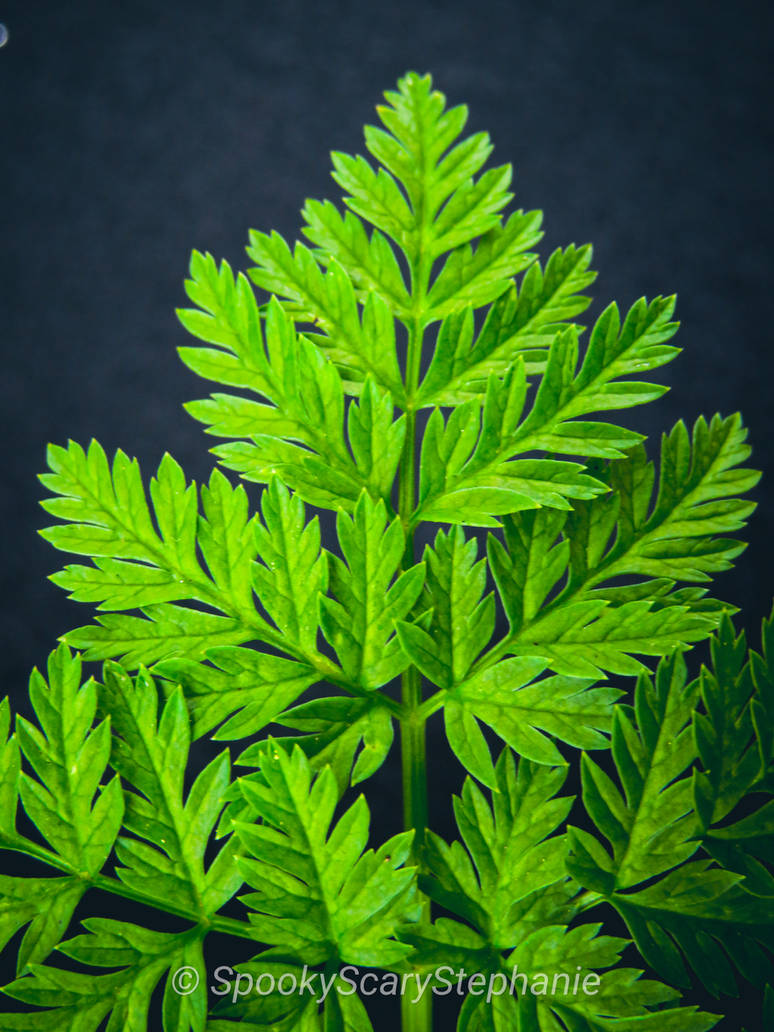
Chaerophyllum procumbens Spreading Chervil by SpookyScaryStephanie on
Chaerophyllum procumbens (Spreading Chervil) is a species of annual herb in the family umbellifers. They have a self-supporting growth form. They are native to The Contiguous United States and Canada. They have simple, broad leaves. Flowers are visited by Gambrus, Parasitoid wasp, Corimelaena lateralis, and Glyptina spuria. Individuals can grow.
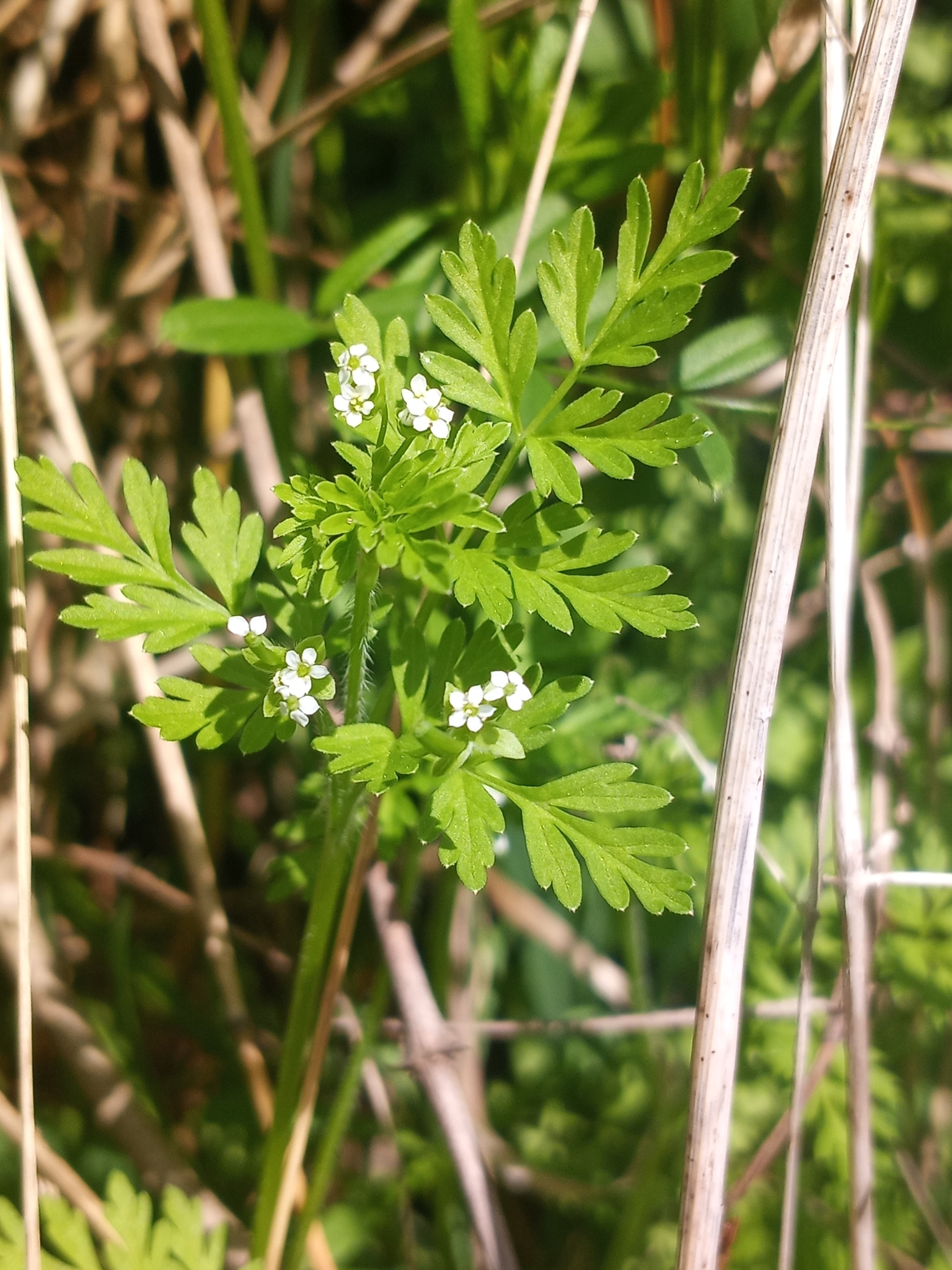
Maryland Biodiversity Project Spreading Chervil (Chaerophyllum
Do use chervil to make a variation of Béarnaise sauce. Do add chervil at the end of your food's cooking time. Do use chervil in egg dishes. Do use chervil in your French herb blends. Do use chervil in salads. Do use chervil to complement seafood. Don't eat chervil if it has blossomed. Don't use dried chervil if you can help it.

Anybody Seen My Focus? Spreading Chervil (Chaerophyllum procumbens)
Spreading Chervil blooming in Frederick Co., Maryland (4/20/2014). Photo by Bill Hubick. Spreading Chervil in Frederick Co., Maryland (4/20/2014). Photo by Jim Brighton. View All Images. Use of images featured on Maryland Biodiversity Project is only permitted with express permission of the photographer..

Spreading Chervil Natural Atlas
Spreading Chervil Chaerophyllum procumbens. 1. Summary 2. Chaerophyllum procumbens (known by the common name Spreading Chervil) is an annual forb native to the eastern United States and Canada, which produces small white flowers in spring. Sources and Credits

Anybody Seen My Focus? Spreading Chervil (Chaerophyllum procumbens)
Chaerophyllum procumbens (L.) Crantz; Spreading Chervil, Wild Chervil: · First produces a rosette of overall triangular-shaped, but finely-divided leaves with slight parsley odor; first leaves have longer petioles than those on flowering stem (which may not have petioles); petiole bases expand to surround stem, where present. · Inflorescences.
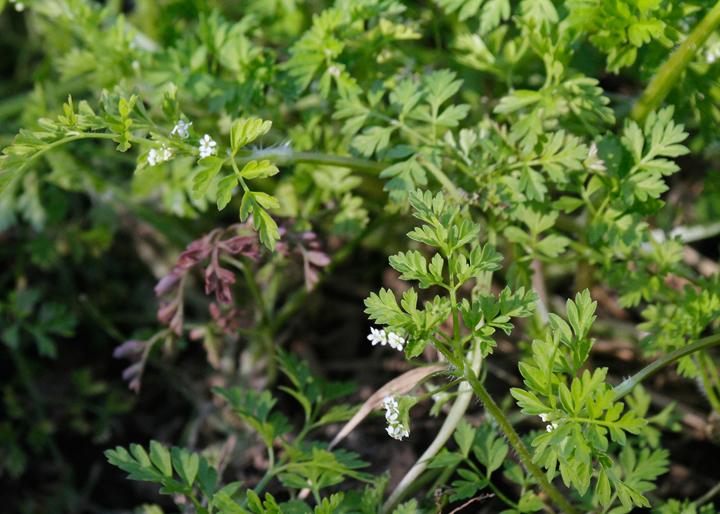
Maryland Biodiversity Project Spreading Chervil (Chaerophyllum
Chervil is a native of the Caucusus region bordering Asia and Europe, but it quickly spread and these days is widely cultivated around the world.. Chervil is an annual herb that grows to a height of about 15 inches. It has smooth, light green leaves very similar to parsley. The leaves, which are used medicinally have an anise fragrance.